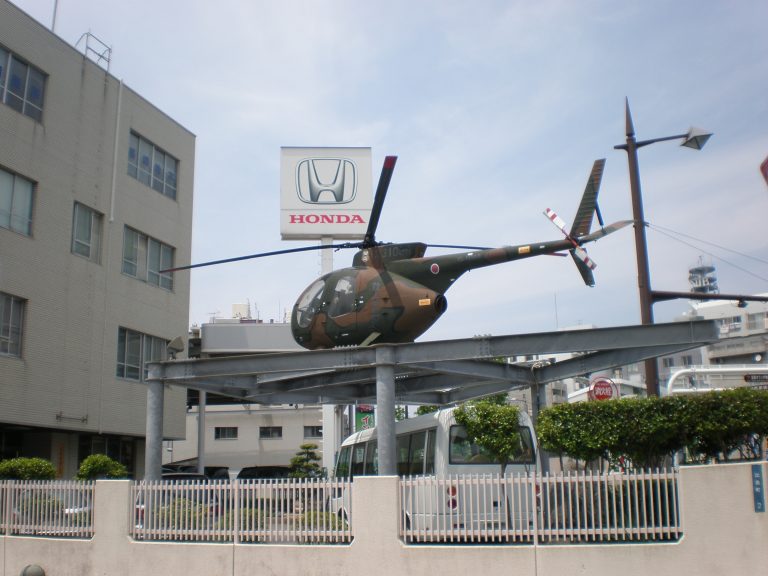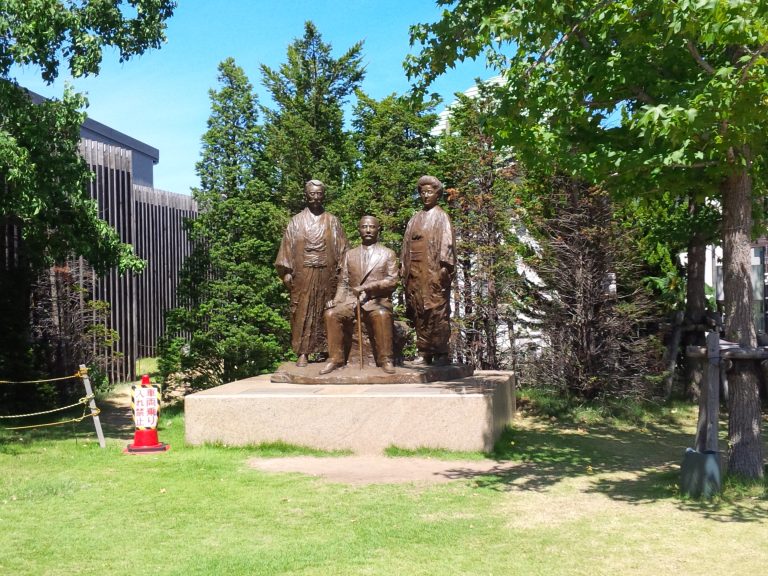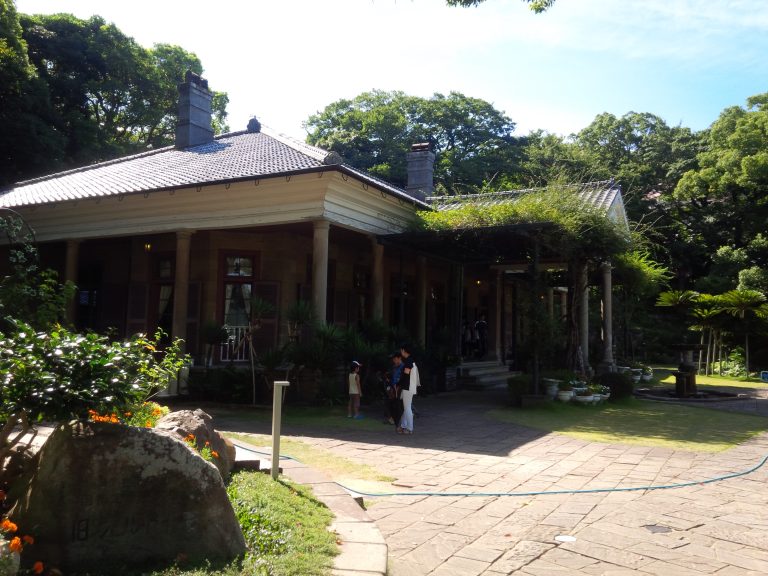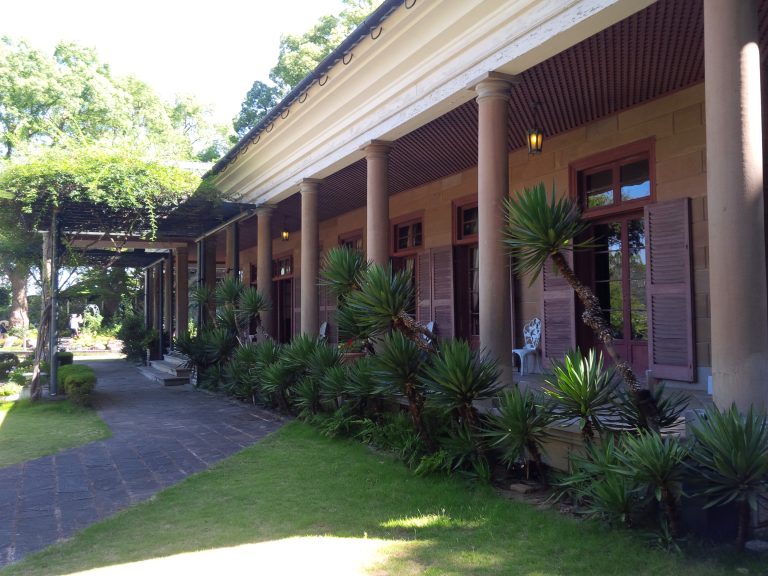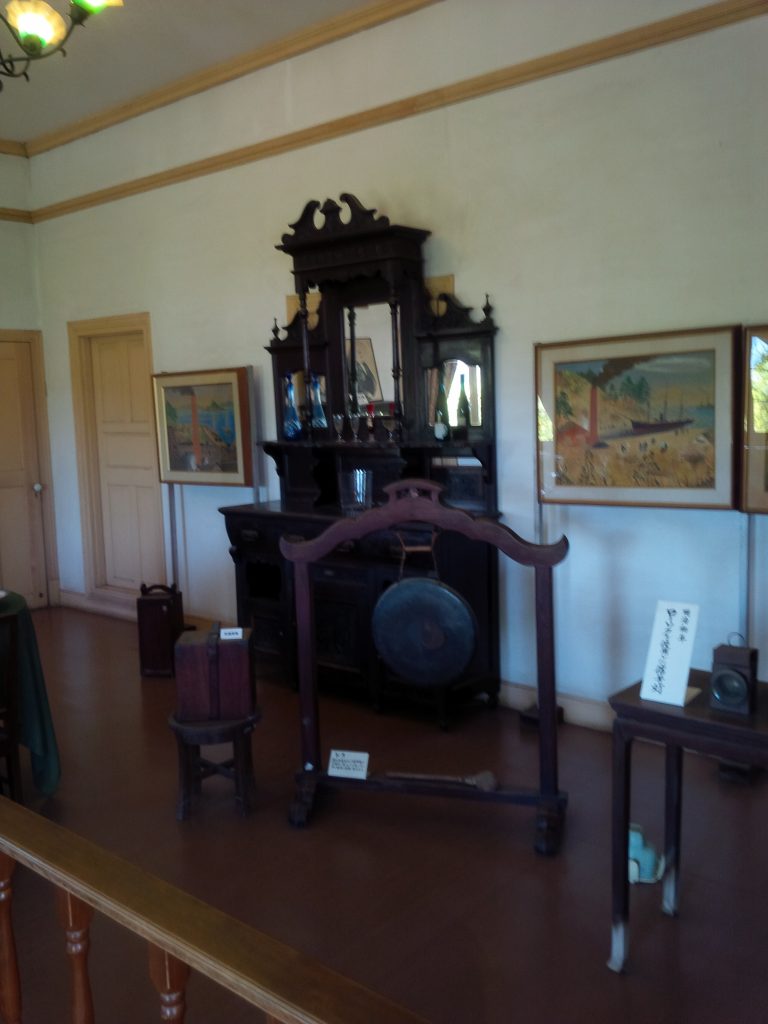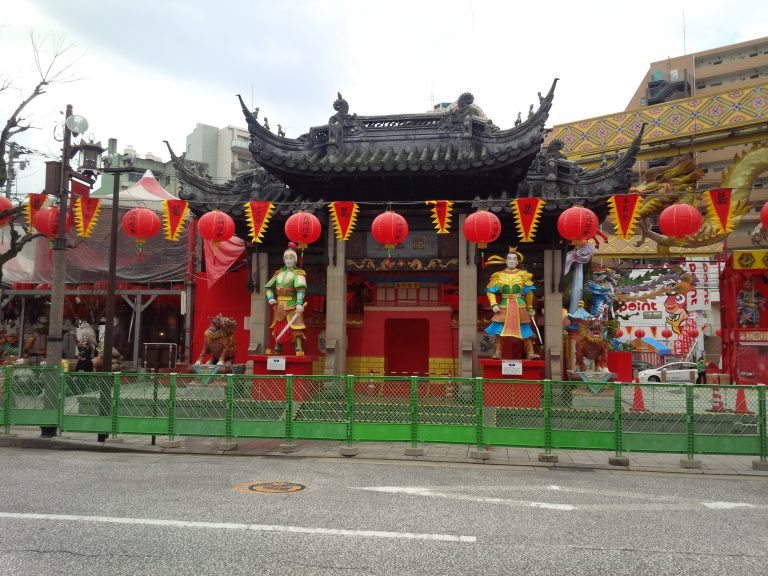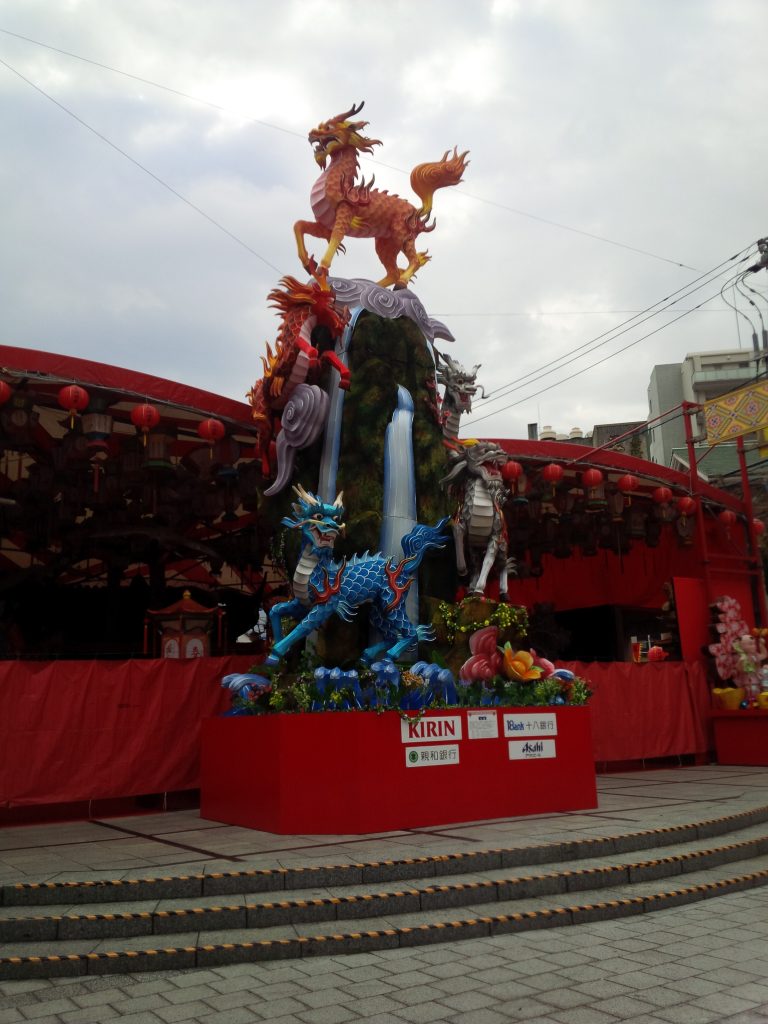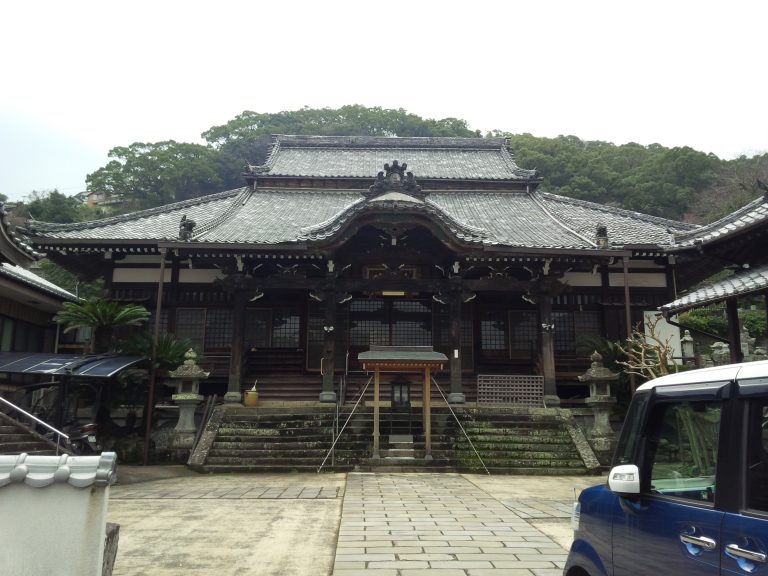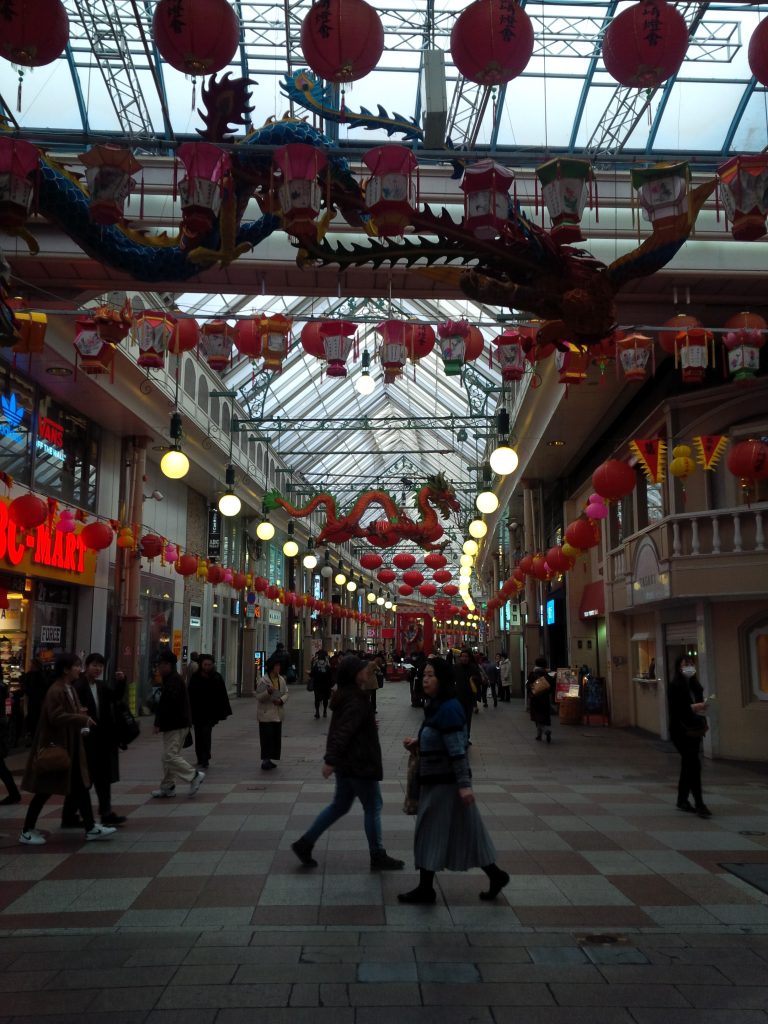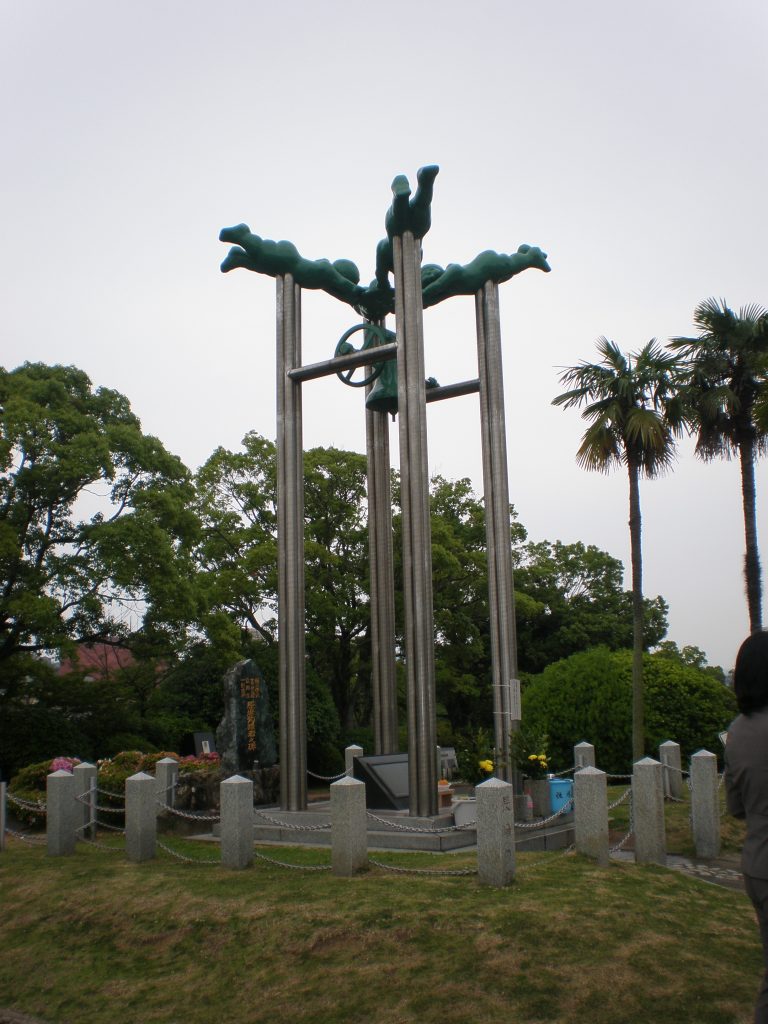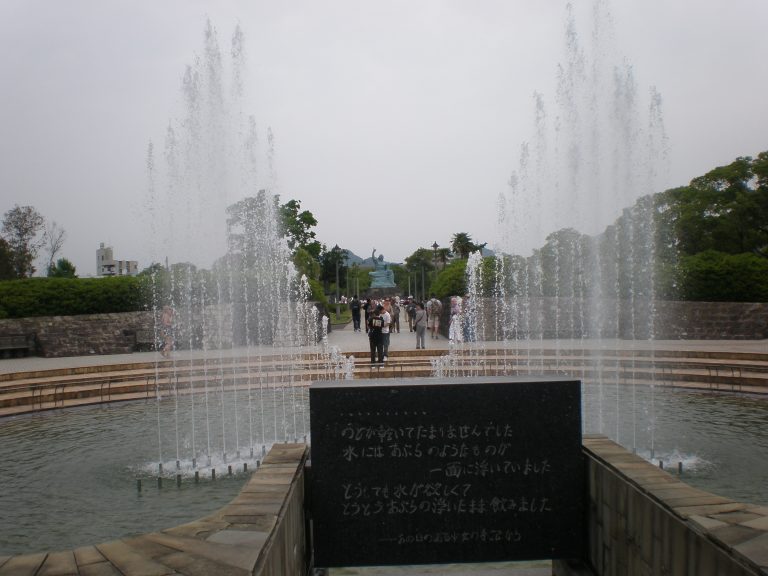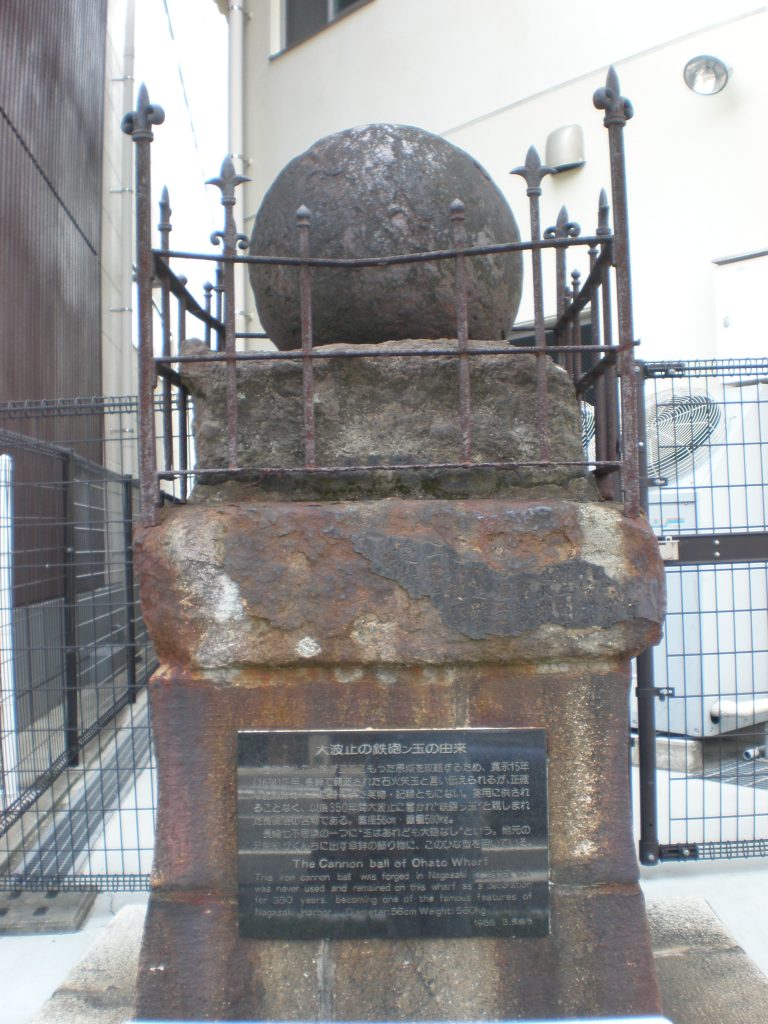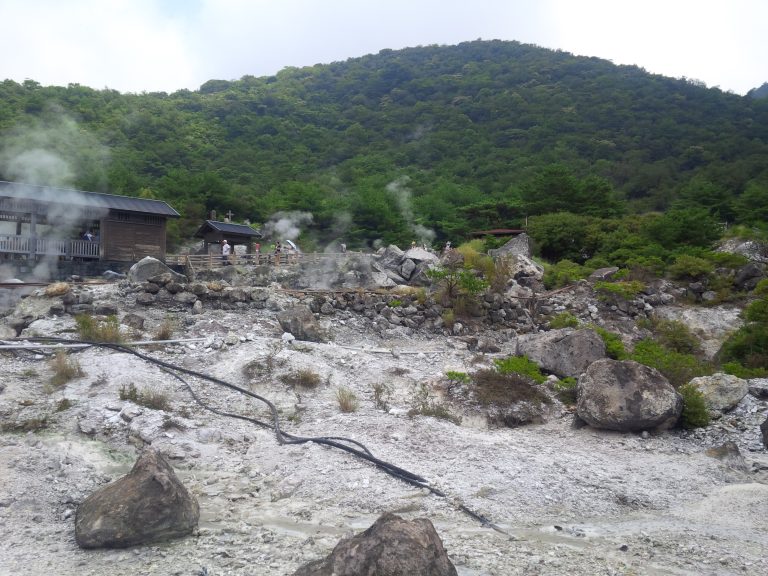Nagasaki: Its Legacy and Local Vibrancy
Among the prominent ports to explore in Japan, Nagasaki (literally “small elongated peninsula”) is a must-visit for its international charm and local vibrancy.
The beauty of its monuments is closely tied to the city’s deeply rooted history. In 1587, it was declared an imperial city, becoming a center for Western trade and the spread of Christianity in Japan.
Nagasaki
Nagasaki
Upon arriving at the Nagasaki International Cruise Ship Terminal, one can envision the nearby Dejima pier (once an artificial island later connected to the city). Its opening to international trade in 1857 greatly contributed to the city’s development. It was the sole location in all of Japan near the Asian mainland where Westerners could come and trade during the extended period of Japanese isolation.
Today, the buildings have been faithfully restored based on extensive research, considering that the atomic bomb was dropped in the industrial zone, separate from the urban and commercial areas.
A few minutes’ walk from the ship allows visitors to admire the city as it was in the early 19th century, thanks to restored residences, warehouses, and displayed artifacts. Hollander (Dutch) Slope, where “Hollanders” settled (referring to all “Western residents”), is a particularly representative area.
Glover Garden
Glover Garden
Glover Garden
The Glover Garden, with its nine historic Western-style houses, is the most iconic area. Thomas B. Glover’s house, a Scottish merchant, is the oldest Western-style building in Japan. Glover, who arrived in Nagasaki in the mid-1800s, founded the “Glover Trading Co.,” engaging in illicit trade of ships, weapons, and gunpowder needed for internal Japanese conflicts. His role, along with other prominent entrepreneurs, was crucial for the modernization of the naval and mining industries and establishing flourishing trade between Japan and the West.
Within this reconstructed complex, visitors can explore various residences, including interiors and typical colonnades, as well as relocated buildings like Steel Academy, the former high school gatehouse, and the former Mitsubishi Port House No. 2. The latter served as the crew dormitory while the ship was under repair.
Nagasaki
Nagasaki
Beyond Hollander (Dutch) Slope, one enters the Chinese district of Shinchi Chinatown, featuring unique shrines and lanterns.
Next to Chinatown, a shopping spree at Hamano-Machi Arcade is recommended, offering delightful shops and typical items and foods.
Teramachi-Dori
Teramachi-Dori
Hamano-Machi Arcade
Just behind the Arcade, Teramachi-Dori street begins, dotted with splendid Buddhist temples. Among the most important is Kofukuji, the best example of Ming Dynasty architecture, with the Buddha Hall identified as Nagasaki’s oldest building.
All these monuments are reachable on foot or by a convenient tram, with the closest stop to the cruise terminal being Ourakaigan Dori, just a 5-minute walk away.
To reach Peace Park, taking the tram is essential: change at Tsuki-Machi, then after 15 minutes, alight at Matsuyama-Machi, and it’s a three-minute walk from there. Here, you find the hypocenter where the atomic bomb exploded on August 9, 1945. From the horror of war, it has become a park divided into five zones with various monuments, including a circular one with the names of the victims. Nearby, the Atomic Bomb Museum is also worth a visit.
Nagasaki
Nagasaki
Nagasaki
For a panoramic view of the city, there’s a lookout point, Mount Inasa, standing at 333 meters. It can be reached from the central station where buses depart for the cable car.
Unzen Geysers
Unzen Geysers
As a noteworthy day trip, consider the Unzen Geysers, hot springs and a renowned Japanese spa town about an hour and a half from Nagasaki.
A single day won’t suffice for all these attractions. The best suggestion is to plan the visit thoroughly and, why not, return to rediscover the city.
Stay tuned for updates, reviews, and photos from the cruise world on our site, Cruising Journal.

